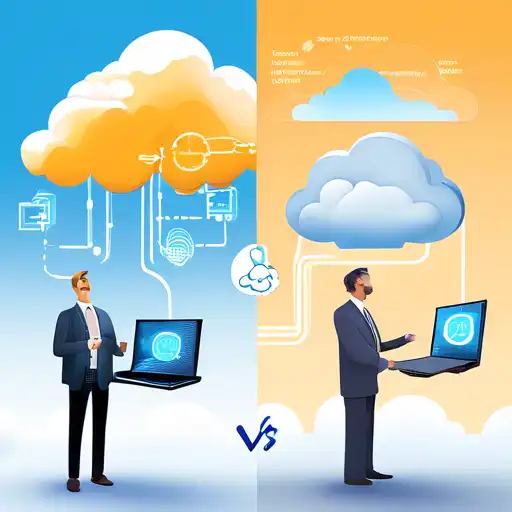Introduction to Edge and Cloud Computing
In the rapidly evolving world of technology, understanding the differences between edge computing and cloud computing is crucial for businesses and individuals alike. Both technologies play pivotal roles in data processing and storage, but they cater to different needs and scenarios.
What is Edge Computing?
Edge computing refers to the processing of data near the source of data generation, rather than relying on a centralized data-processing warehouse. This approach minimizes latency, reduces bandwidth use, and enhances real-time data processing capabilities.
What is Cloud Computing?
Cloud computing, on the other hand, involves the delivery of computing services—including servers, storage, databases, networking, software—over the internet ('the cloud') to offer faster innovation, flexible resources, and economies of scale.
Key Differences Between Edge and Cloud Computing
- Latency: Edge computing significantly reduces latency by processing data closer to the source, whereas cloud computing may introduce delays due to data transmission to and from centralized servers.
- Bandwidth Usage: By processing data locally, edge computing reduces the need for constant data transmission to the cloud, saving bandwidth.
- Data Security: Edge computing can offer enhanced security for sensitive data by keeping it local, while cloud computing requires robust security measures to protect data during transmission and storage.
- Scalability: Cloud computing provides unparalleled scalability options, allowing businesses to easily adjust their resources based on demand.
Choosing Between Edge and Cloud Computing
The choice between edge and cloud computing depends on specific needs, including the importance of latency, bandwidth constraints, data sensitivity, and scalability requirements. Many organizations find that a hybrid approach, leveraging both technologies, offers the best of both worlds.
Future Trends
As the Internet of Things (IoT) continues to expand, the demand for edge computing is expected to grow. Meanwhile, cloud computing will remain essential for its scalability and flexibility. Understanding the strengths and limitations of each will be key to leveraging them effectively in the future.
For more insights into how these technologies are shaping the future, check out our articles on technology trends and data processing.
